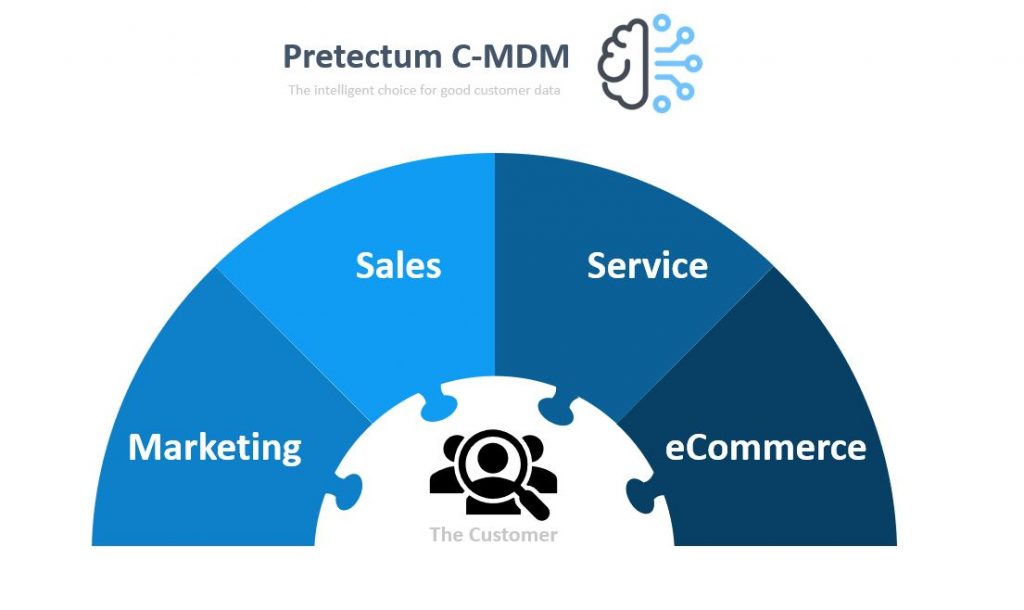Copying as a business culture is rampant. It is worth debating then, whether your organization is itself a victim of this practice or is genuinely innovative and creative.
With industry pundits all applauding the behaviors of a select few icons it is little wonder that emulating those icons is so commonplace.
Organizations that copy are relegated to follower, not leader positions and that might be ok if you’re always content on just getting the leavings. The problem is that behind you, there may be 101 more copycats or followers that will erode your customer base and effectively pull customers from you; so unless you’re actively cloning and copying continuously, you’re in an endless cycle with no end in sight unless you change your approach.
“You’ll never have a product or price advantage again. They can be easily duplicated, but a strong customer service culture can’t be copied.”
Jerry Fritz, Director of Management Institute University of Wisconsin
eCommerce retailer Motley, calls this out in their post on Copycat Culture. In that article, they were clearly miffed that someone had plagiarized their distinctive blue l’Oiseau ring design with the intention of capitalizing on their brand and design uniqueness.
While imitation might be written off as flattery, it only really works if there is equivalent quality and Motley believe that the copycats didn’t manage to meet the quality mark for various reasons.
Nimbletank‘s CX report conducted with over 500 CX leaders indicated that as much as 88% of retail brands have changed their risk-taking profile as physical stores stayed shut.
In their words “Retail brands genuinely needed to reconnect to their customer base, to understand how their needs had changed. It does therefore come as somewhat of a surprise, and let’s face it, contradiction, that the biggest driver for CX investment in the past 15 months has actually been… copying competitors.”
Industry analysts, Gartner, claim that 81% of brands compete mostly or completely on the basis of the customer experience (CX), which then makes the customer experience a key competitive differentiator between brands.
Distinguishing your business from competitors
There is one aspect of your business and quality that may be really hard to emulate. That’s your customer service culture. It’s an integral part of the customer experience. Do you believe your organization has a distinctive customer service culture? If not, perhaps it is something to examine.
We’d all like to think of our business as innovative or creative but the reality is that sustaining innovation and creativity is time-consuming and relatively expensive and more importantly, it has to be a part of your organizational culture. Newer businesses sometimes just don’t have the capital, history, and resources to produce entirely unique products and services in perpetuity.
As another writer described it, “Copying is ‘sucking up‘ to the best in class” and it is something that has been going on, forever.

Pretectum believes that how you communicate and interact with your customers by leveraging data, can be a “game-changer” in the customer service and customer experience space. By taking advantage of good quality customer data in imaginative and creative ways, your business can either continue to hold your lead or in fact disrupt the market and derail copycats through your customer master data assets that are hard to replicate.
By focusing on your customer data assets and how you use those for design, service, and support, you empower your employees to bring products and solutions to market that are specifically designed for the customers that you have and desire to have. Your outbound messaging and communications can be customized to provide your customers and prospects with personalized and relevant narratives that can become a dialogue rather than simply an easily discardable advertisement.
The time has never been better for you to consider whether your business wants to maintain its advantage. Contact us to learn how we can help you with your customer master data management needs.


